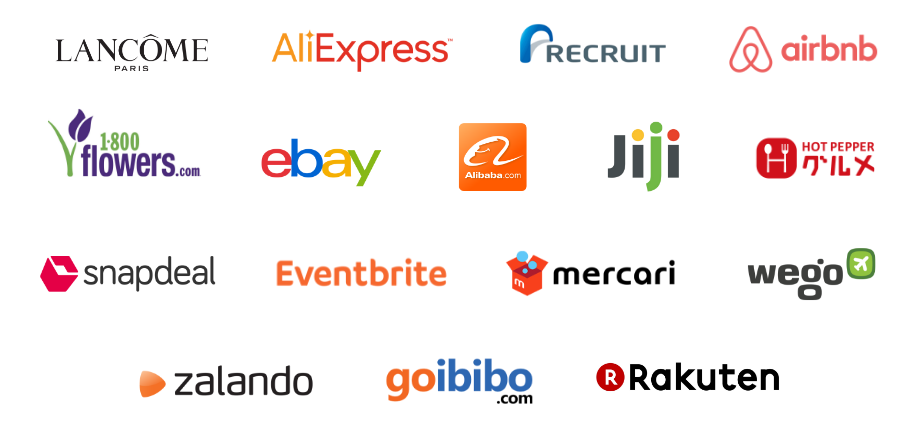Improving speed and user experience on the web is core to the AMP Project’s mission. Today at Google’s I/O developer conference we announced that AMP pages load twice as fast from Google Search, as we’ve cut the time it takes to render content in half from last year. Additionally, new platforms and websites have joined the AMP ecosystem, giving hundreds of millions more users the lightning-fast AMP experience.
AMP’s new speed gains in Google Search are due to several key optimizations that we made to the Google AMP Cache, such as server-side rendering of AMP components, and reducing bandwidth usage from images by 50% without affecting the perceived quality. We also used a compression algorithm called Brotli that Google launched a couple years ago, resulting in a reduced document size by an additional 10% in supported browsers.
Globally AMP continues to grow its footprint, with the news that China’s largest social network Tencent Qzone and the country’s third largest, Weibo will show AMP pages to hundreds of millions of users. This follows an announcement at the first AMP conference in March when Baidu, Sogou and Yahoo Japan said they are linking to AMP pages from their Search results, joining Bing and Google.
Other social platforms also made announcements, with Tumblr telling developers at Google I/O it is publishing 340M blogs across 500K domains in AMP. And Twitter shared that they are linking to AMP pages from their new mobile web app, and are in the process of launching AMP support in their Android and iOS apps. The global reach of these platforms further extends the availability of the 2B+ AMP pages and 900K domains with AMP on the web.
Finally, e-commerce sites are benefiting from AMP’s speed and user experience. At AMP Conf, WompMobile and Wego shared their initial success seeing 95% and 105% increase in conversion rates with AMP respectively. In the months since then, new e-commerce websites have joined the AMP ecosystem, including eBay announcing their plan to use AMP across all their product pages, Zalando implementing AMP for 250K product pages, and Myntra taking advantage of the powerful new amp-bind component. Additionally, AliExpress, one of China’s biggest online marketplaces, is having success with AMP pages, seeing a 4% uplift in conversions.

Many of AMP’s e-commerce capabilities were previewed at the AMP Conf and the amp-bind component is now available for origin trials, creating a new interaction model for elements on AMP pages. To learn more, watch the interactive AMP pages talk on Friday at I/O. Additionally AMPbyExample.com has demos for amp-bind, and ampstart.com will soon have e-commerce page templates and elements.
AMPbyExample.com and templates
As always, there’s room to take AMP even further. Please reach out, share your feedback and join us during I/O! And if you’re attending I/O, be sure to stop by the mobile web sandbox booth to say hello. Finally, look out for our latest roadmap update next week which will share all of the AMP Project’s plans for the upcoming quarter.
Posted by Matt Ludwig, AMP Project Marketing Lead at Google